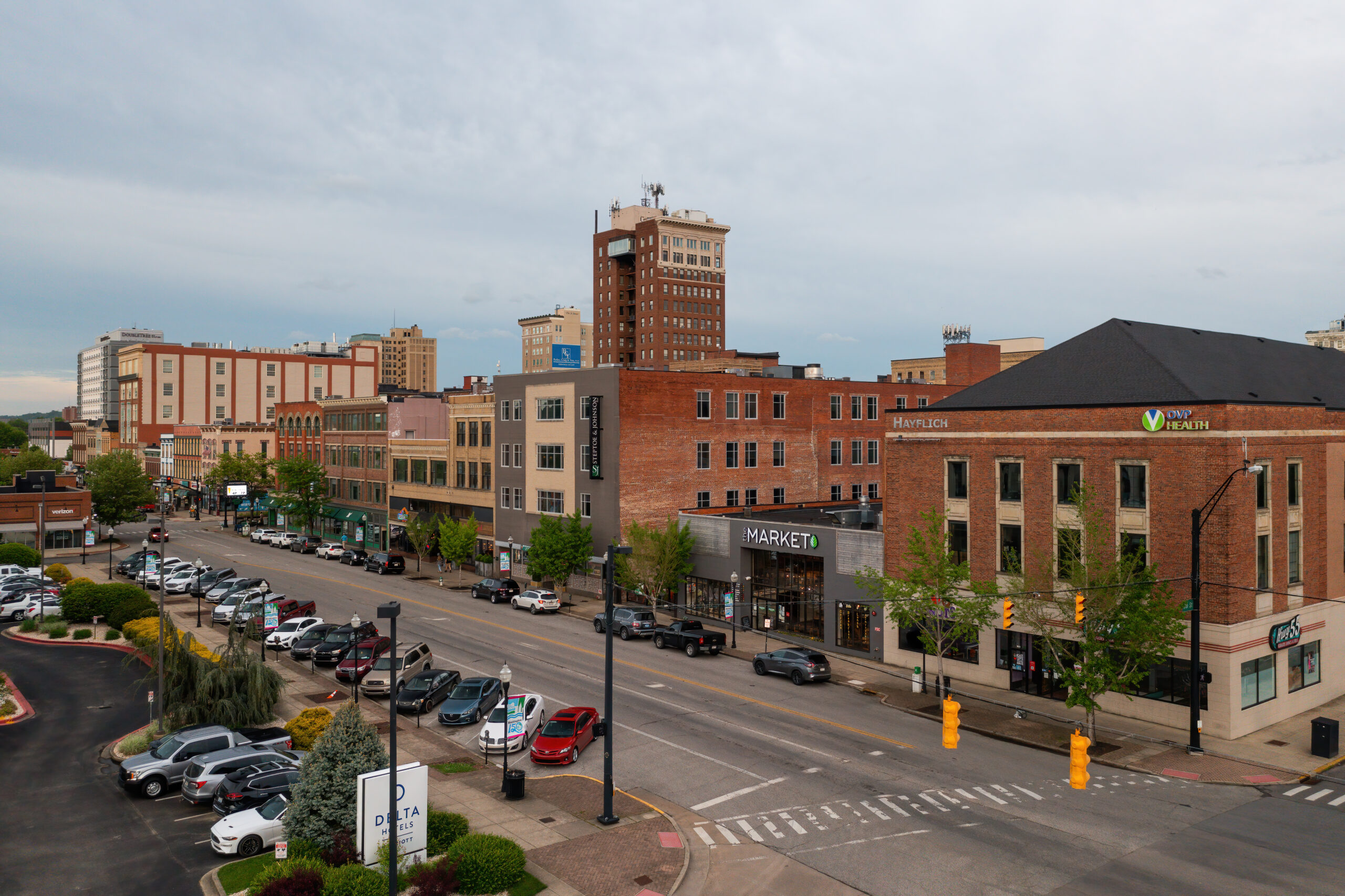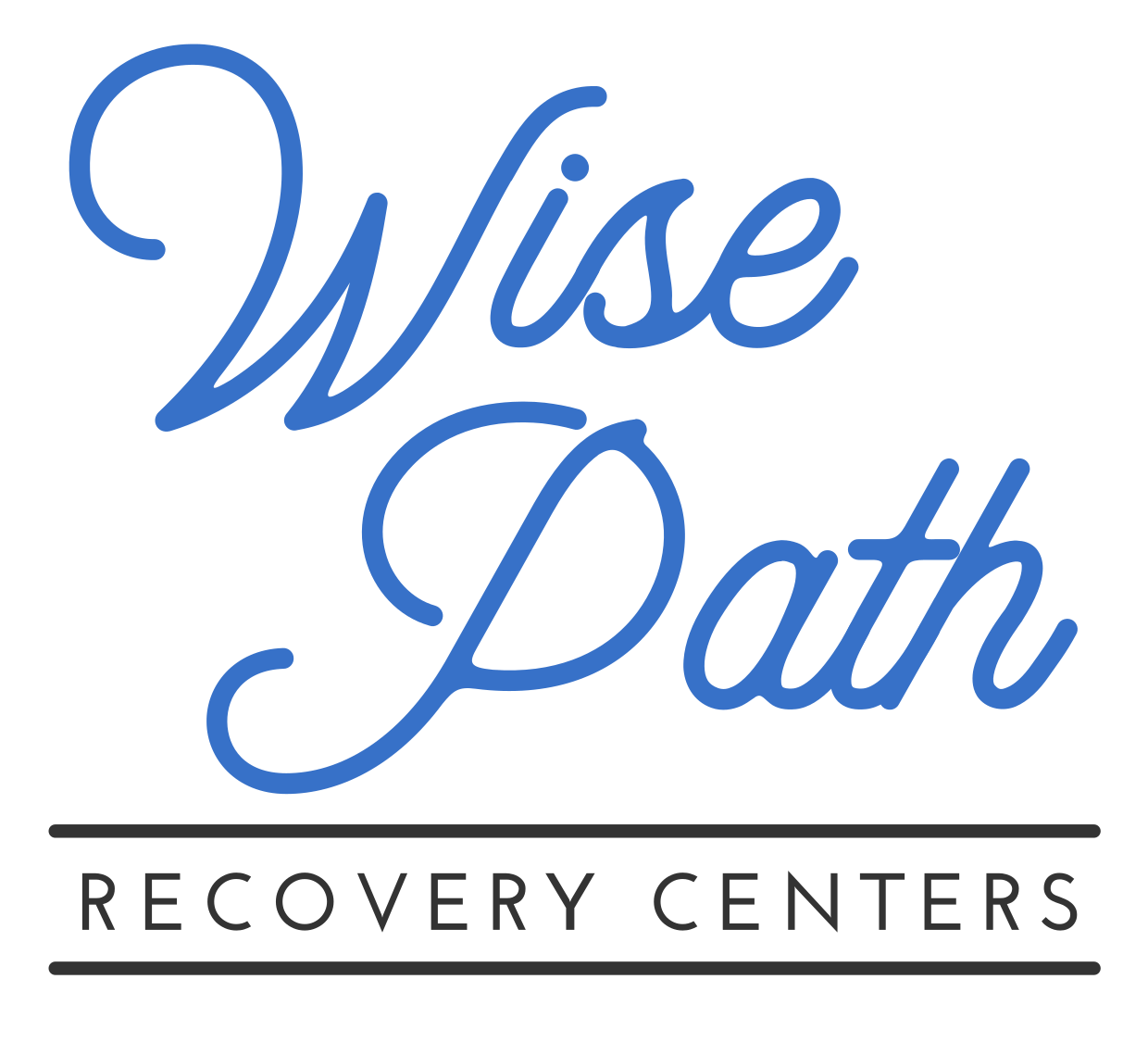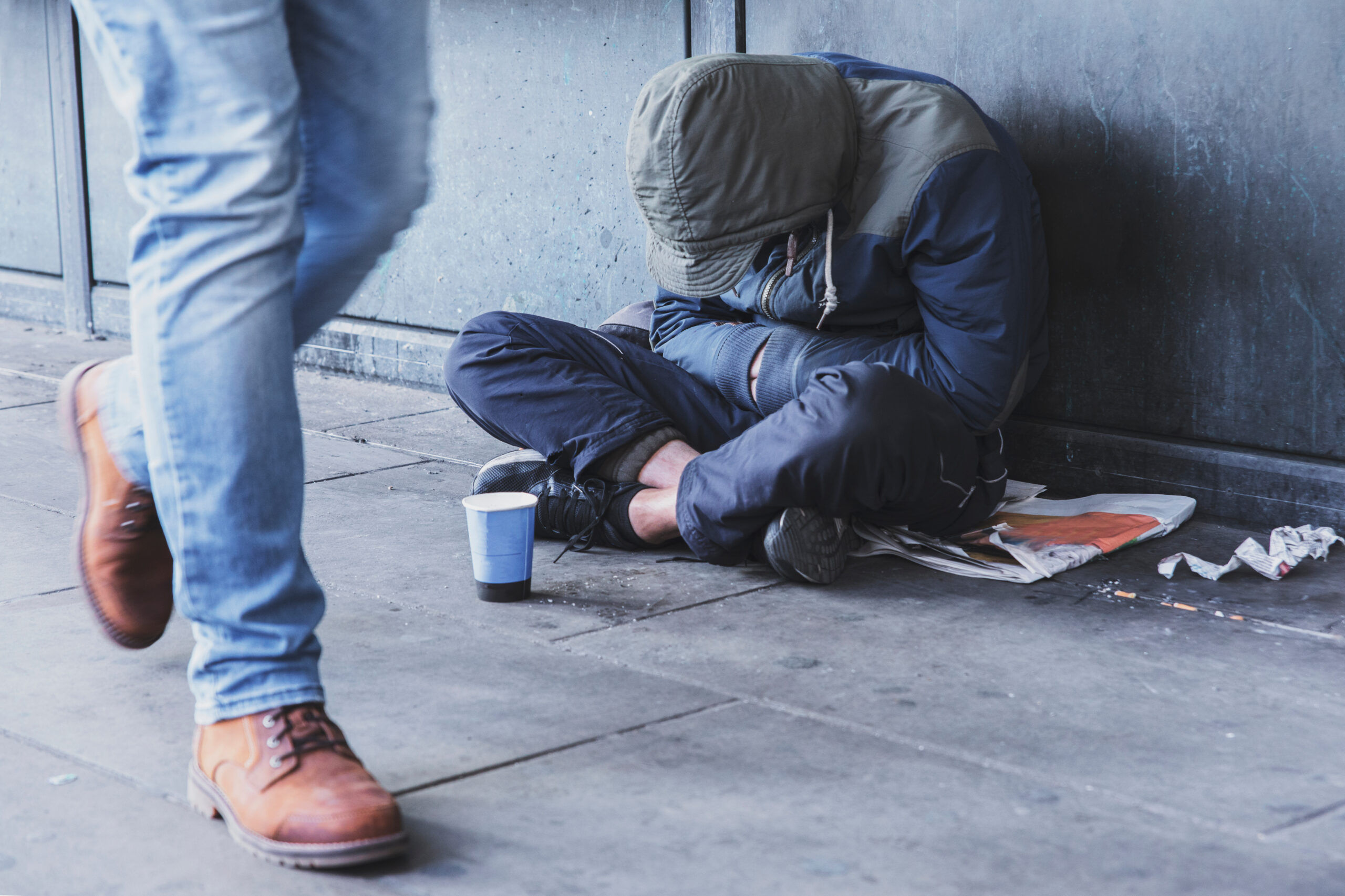In Charleston, West Virginia, one of the areas deeply impacted by the opioid epidemic, access to addiction recovery resources is more important than ever. With high rates of substance use and overdose, local support systems play a critical role in helping individuals begin and maintain their recovery. Whether you’re just starting your journey or seeking help after a relapse, Charleston offers a range of services that can guide you toward a healthier, drug-free life.
The Opioid Epidemic in West Virginia
The opioid epidemic in West Virginia has not improved—it’s actually grown deadlier. In recent years, fentanyl has largely replaced heroin and prescription opioids as the drug most responsible for overdose deaths. Synthetic opioids are more potent and more widely available, contributing to a sharp increase in fatal overdoses across the state.
Why Is It So Bad in West Virginia?
Several factors contribute to the crisis. West Virginia’s economic challenges, especially in coal-dependent areas, have led to job losses and poverty. And unemployment and poverty are often linked to substance abuse.
In the early 2000s, pharmaceutical companies heavily marketed opioids in rural Appalachian regions, flooding them with prescriptions. Many people became addicted to drugs in WV after legitimate medical use, eventually turning to illegal drugs like heroin and fentanyl.
Who Is Most Affected?
The epidemic has touched nearly every demographic, but it disproportionately affects white, working-class adults aged 25–54. Rural counties have seen higher overdose rates, but urban areas are not immune. Babies born with neonatal abstinence syndrome (NAS) and rising youth overdoses also show that the crisis spans generations.

West Virginia Drug Rate
According to the latest data from the CDC, the state had 80.9 overdose deaths per 100,000 people in 2022, the highest in the country by a margin of over 15. In 2021, opioids (especially fentanyl) represented 75% of overdose deaths in the country and 83% of overdose deaths in the state.
Emergency departments across the state continue to report increases in overdose-related visits, highlighting the persistent nature of the crisis across the worst drug areas in West Virginia. Despite federal and state efforts to distribute naloxone and increase access to treatment, the West Virginia drug rate remains alarmingly high and continues to outpace the national average.

Top 10 Worst Drug Areas in West Virginia
Huntington, WV
Huntington has often been called the “epicenter” of the opioid crisis. The city once saw 26 overdoses in a single four-hour span. Heroin and fentanyl are the most abused drugs here, with major impacts on public safety, healthcare, and the local economy.
Charleston, WV
As the state capital, Charleston struggles with high overdose rates and widespread methamphetamine and opioid use. Its hospitals and first responders are frequently overwhelmed, and homelessness related to drug addiction is increasing.
Parkersburg, WV
Parkersburg has experienced a growing fentanyl and meth problem. While prescription opioids once dominated the area, synthetic drugs are now the primary threat. Local treatment centers are under pressure due to high demand.
Wheeling, WV
This Northern Panhandle city has been hit hard by both heroin and fentanyl. Overdose deaths remain high, and community resources are strained as officials attempt to balance enforcement and treatment.
Beckley, WV
In Beckley, methamphetamine and opioids have torn through families and neighborhoods. Limited access to mental health care and economic opportunities contributes to high addiction rates.
Martinsburg, WV
Martinsburg has seen a surge in heroin and fentanyl use in recent years. Proximity to larger metro areas like Washington, DC, makes it a hotspot for drug trafficking.
Bluefield, WV
Bluefield struggles with poverty, unemployment, and drug addiction. Meth and opioids are commonly used, and the city has limited recovery resources, making long-term recovery difficult.
Princeton, WV
Princeton’s addiction crisis mirrors that of nearby Bluefield. Opioids, meth, and alcohol are leading concerns, with overdose rates remaining high year after year.
Logan, WV
A small town with big drug problems, Logan has seen devastating effects from fentanyl and heroin. Generational addiction and limited treatment options make recovery especially difficult.
Mingo County, WV
As another one of the worst drug areas in West Virginia, rural Mingo County has one of the highest overdose death rates in the state. Isolation, poverty, and a history of pill mills have created a breeding ground for addiction.

How to Seek Help for Drug Addiction in West Virginia
If you or a loved one is struggling with drug addiction in West Virginia, help is available. Treatment options range from outpatient services and detox programs to residential recovery centers, intensive outpatient programs, and sober living homes. It’s often possible to use insurance benefits or Medicare for substance abuse treatment. Early intervention saves lives, especially in communities hit hardest by the opioid epidemic.
Wise Path Recovery Centers in West Virginia offers compassionate, evidence-based detox, inpatient and outpatient care to support individuals and families battling addiction. Our beautiful locations offer a serene place to recover. Whether you’re just starting to seek help or need a higher level of care, Wise Path is here to guide you toward long-term recovery.
Ready to change your life? Contact us today to take the first step.
FAQs About the Worst Drug Areas in West Virginia
Which city in West Virginia has the worst drug problem?
Huntington is often cited as the hardest-hit city due to its high overdose rates and fentanyl-related deaths.
What drugs are most commonly used in West Virginia?
Fentanyl, heroin, methamphetamine, and prescription opioids are the most commonly abused substances.
Why is drug use so high in West Virginia?
Economic hardship, lack of healthcare access, and aggressive opioid marketing in the past have all contributed to high addiction rates.
Has the opioid crisis improved in West Virginia?
While awareness has increased, overdose rates in WV remain among the highest in the U.S., especially due to fentanyl.
Are rural areas affected as much as cities?
Yes, in many cases, rural communities have even higher overdose death rates than urban areas.
How does West Virginia’s drug rate compare nationally?
West Virginia consistently ranks #1 in the country for overdose deaths per capita.
What age groups are most affected?
Adults aged 25–54 experience the highest rates of addiction and overdose, though teens and seniors are also at risk.
Can you get treatment covered by insurance in WV?
Yes, many treatment programs accept Medicaid, Medicare, and private insurance for addiction services.
Is there a stigma around addiction in West Virginia?
Yes, stigma often prevents individuals from seeking help, especially in smaller communities.
Where can I find help for drug addiction in West Virginia?
Organizations like Wise Path Recovery Centers, local health departments, and state-run hotlines offer accessible resources statewide.

